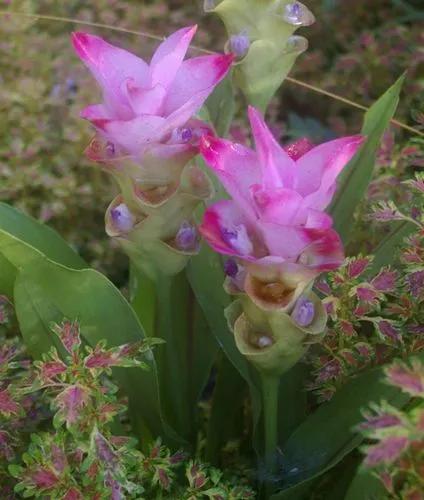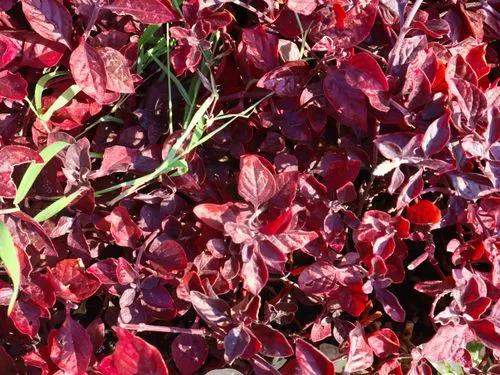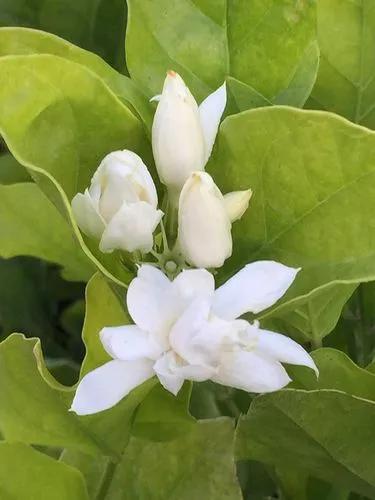Malay apple is an evergreen tree with a spreading but cone-shaped crown; it usually grows 5 - 20 metres tall, though specimens to 30 metres have been recorded from New Guinea. The straight, cylindrical bole can be 20 - 45cm in diameter (to 130cm in New Guinea), often branching from near the ground though sometimes free of branches for 10 - 15 metres, with buttresses at the base. The edible fruit is fairly well liked, it is harvested from the wild and consumed locally. The tree also sometimes grows large enough to produce a timber that is traded. The tree is sometimes cultivated, usually in home gardens, both as an ornamental and for its edible fruit in the tropics. When in flower this is one of the most delightful of trees, the rose-purple petals falling in vast numbers and covering the ground with a lovely carpet of bright and handsome colour. Although not grown commercially, the fruit is often sold in local markets. It is believed that the tree has the prospect for greater commercial exploitation.
Malay Apple Care
Syzygium Malaccense



Originating from the Malay Peninsula, the Malay Apple or Otaheite Apple is a handsome evergreen tree bearing edible fruit. It is typically 10 to 15 m (33 to 50 ft) tall with a slim, straight trunk and a low-branching structure forming a densely leafy pyramidal crown. The bark is pale brown and smooth. The leaves are a large oval shape, 15 to 38 cm (6 to 15 in) long, dark lustrous green and have a thick, leathery texture. Flowering follows the rains at the start of the rainy season, the timing and frequency of which varies between regions. In areas with two rainy season events a year, flowering and fruiting may follow each event and in areas with perpetually wet conditions flowering and fruiting is intermittent to continuous. The flowers resemble powder puffs, with long pink-red filaments standing erect. They fall to the ground when spent, creating a pink-red carpet beneath the tree. There is also a less common white flowering and fruiting variety. The fruit are pear-shaped, 5 to 13 cm (2 to 5 in) long, light green becoming red to purple-red or white when ripe, depending on the variety. The thin edible skin is easily scraped to reveal spongy white pulp beneath. Each fruit contains a single, largish round seed.
How to Care for the Plant

Popularity

447 people already have this plant 69 people have added this plant to their wishlists
Discover more plants with the list below
Popular articles






